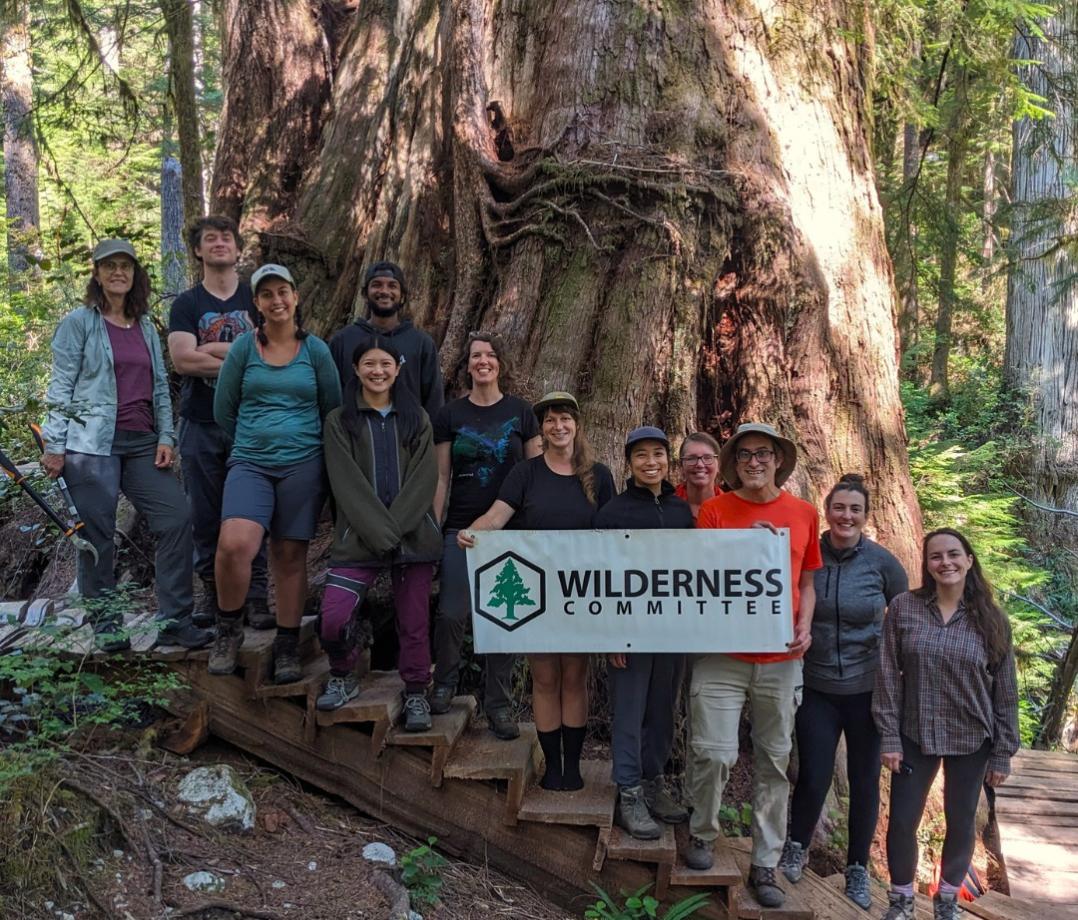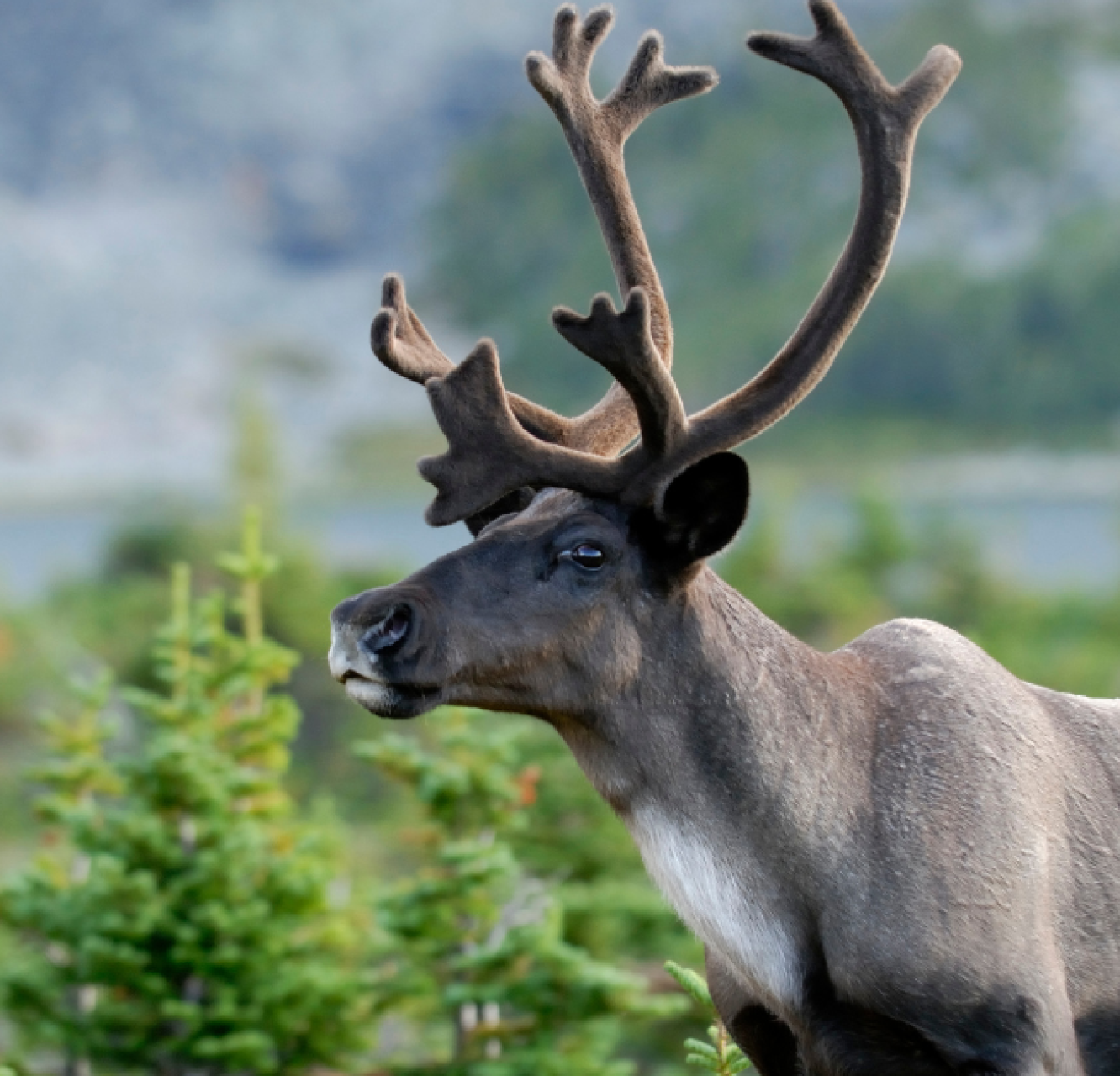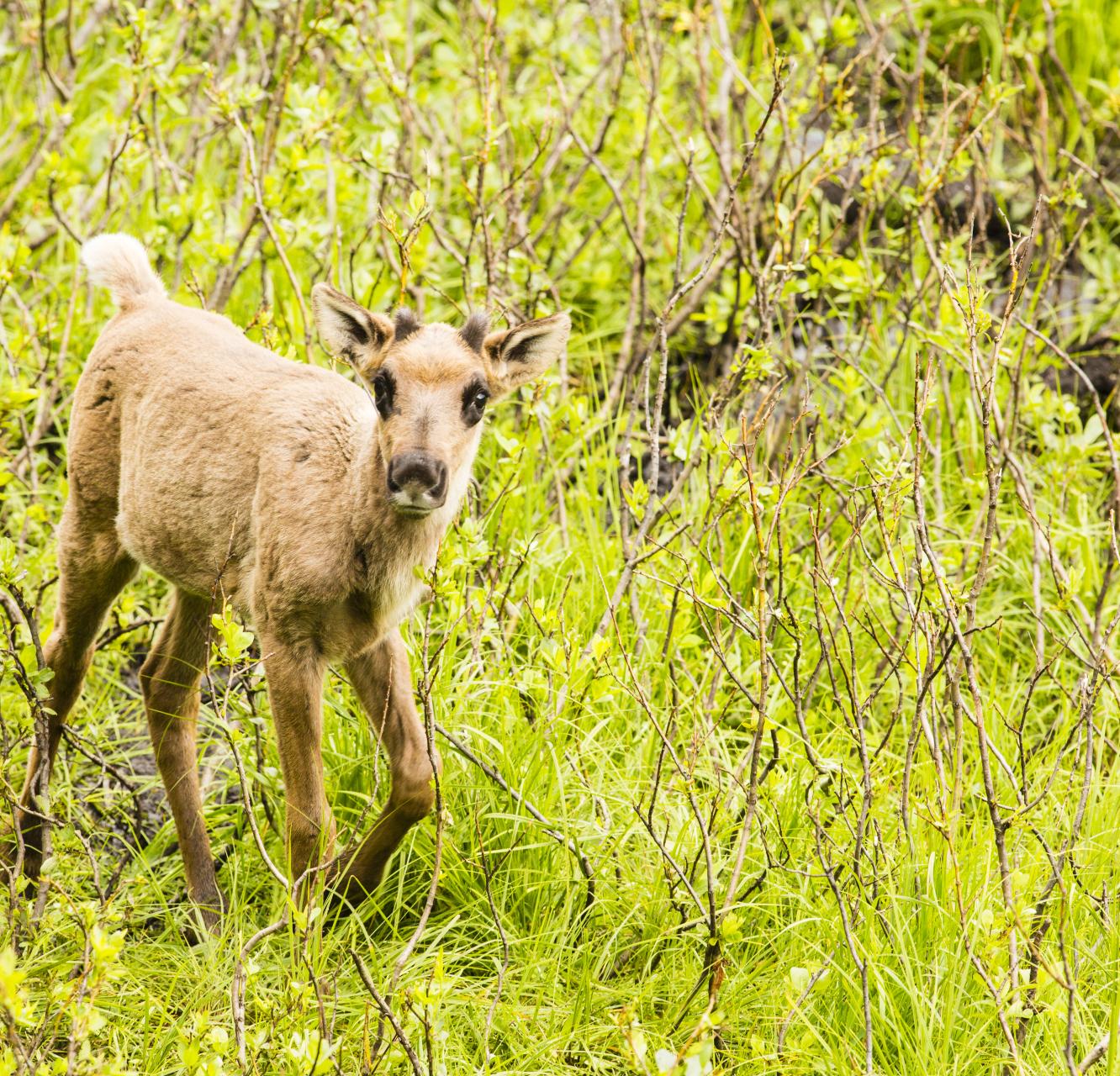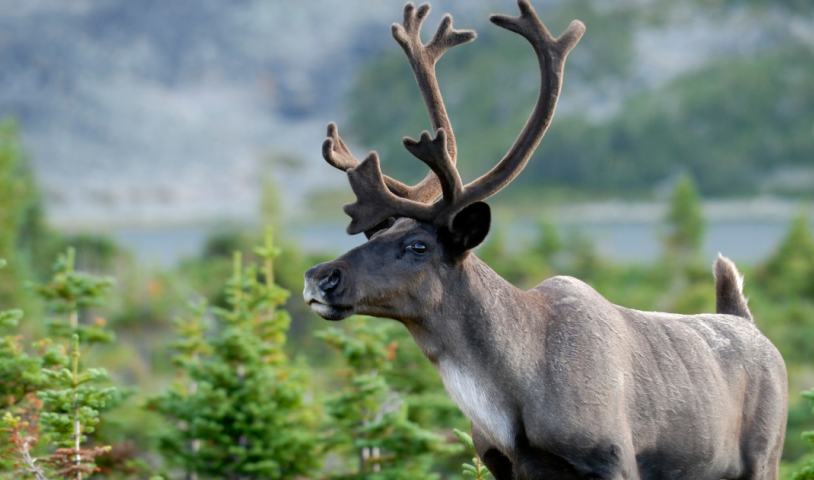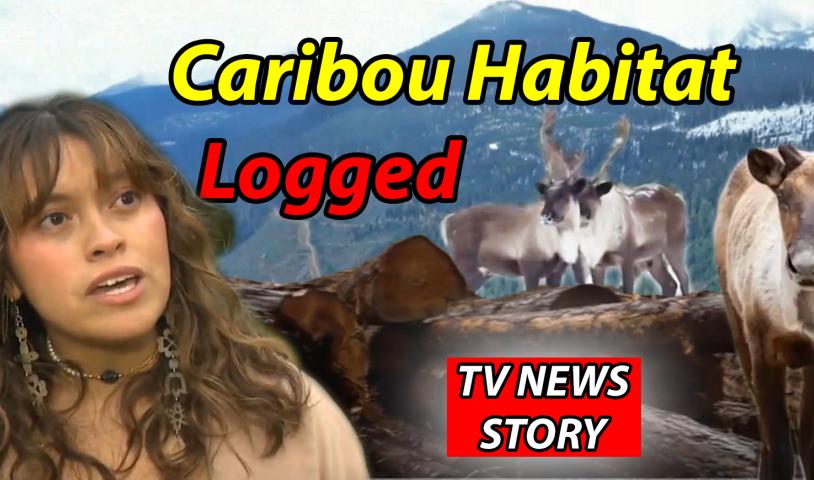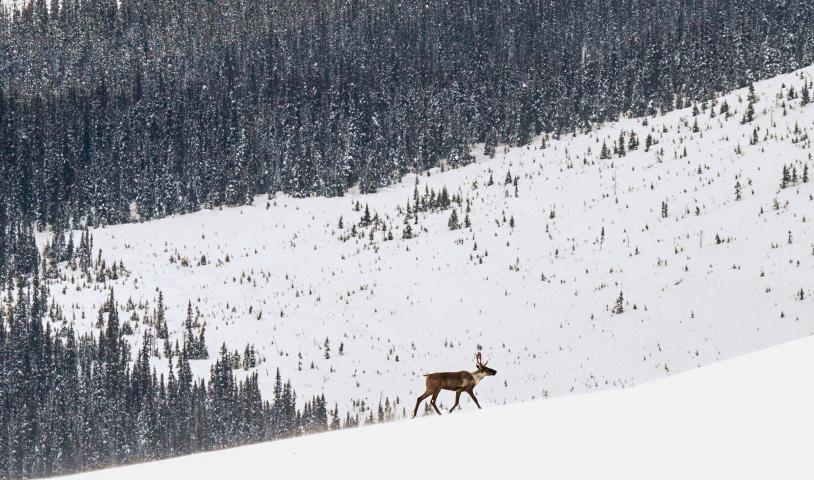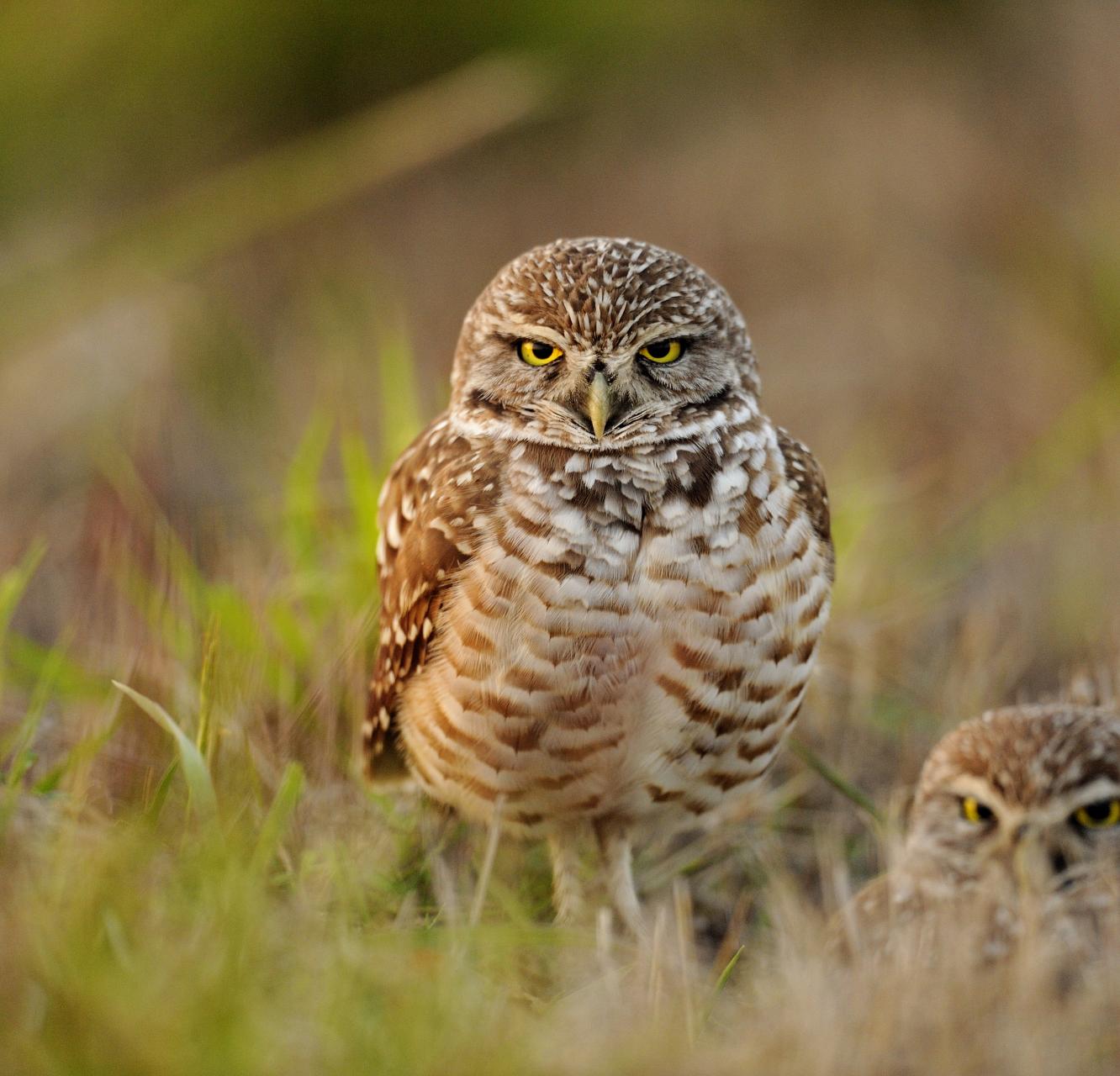Southern Mountain Caribou
Secure the future of caribou
Thousands of southern mountain caribou once roamed the temperate rainforests in British Columbia. These cousins to reindeer are so iconic they’re on the back of every Canadian quarter. Sadly, they’re now fighting for survival as the old-growth forests they call home vanish.
Today, multiple herds have already disappeared from the local landscape and many more are quickly reaching that same fate. Despite being a species at risk, the B.C. government continues to clear large swaths of caribou habitat for short-term profits. It’s time to hold the provincial and federal governments accountable for their actions and protect southern mountain caribou before it’s too late.
Take Action
Stop the chainsaws in southern mountain caribou habitat!
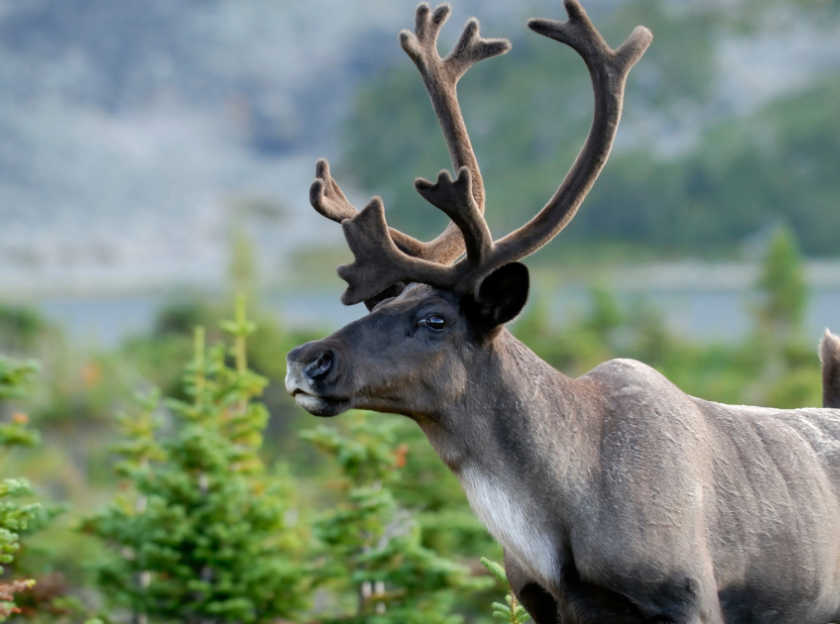
No more logging permits on caribou habitat!
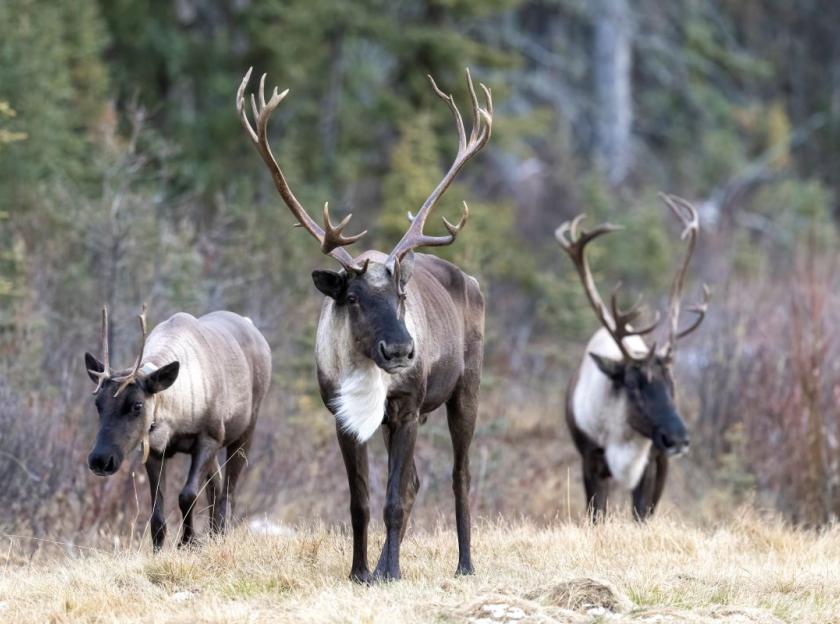
Protecting caribou from local extinction
Known for their large hooves, broad muzzles and reindeer-like antlers, southern mountain caribou were once so numerous that the Cariboo region in the central interior of B.C. is named after them. First Nations in the Peace region recall caribou being like “bugs on the landscape,” referring to the abundance of these majestic animals. Today, however, the number of southern mountain caribou is so low that few people have ever seen one.
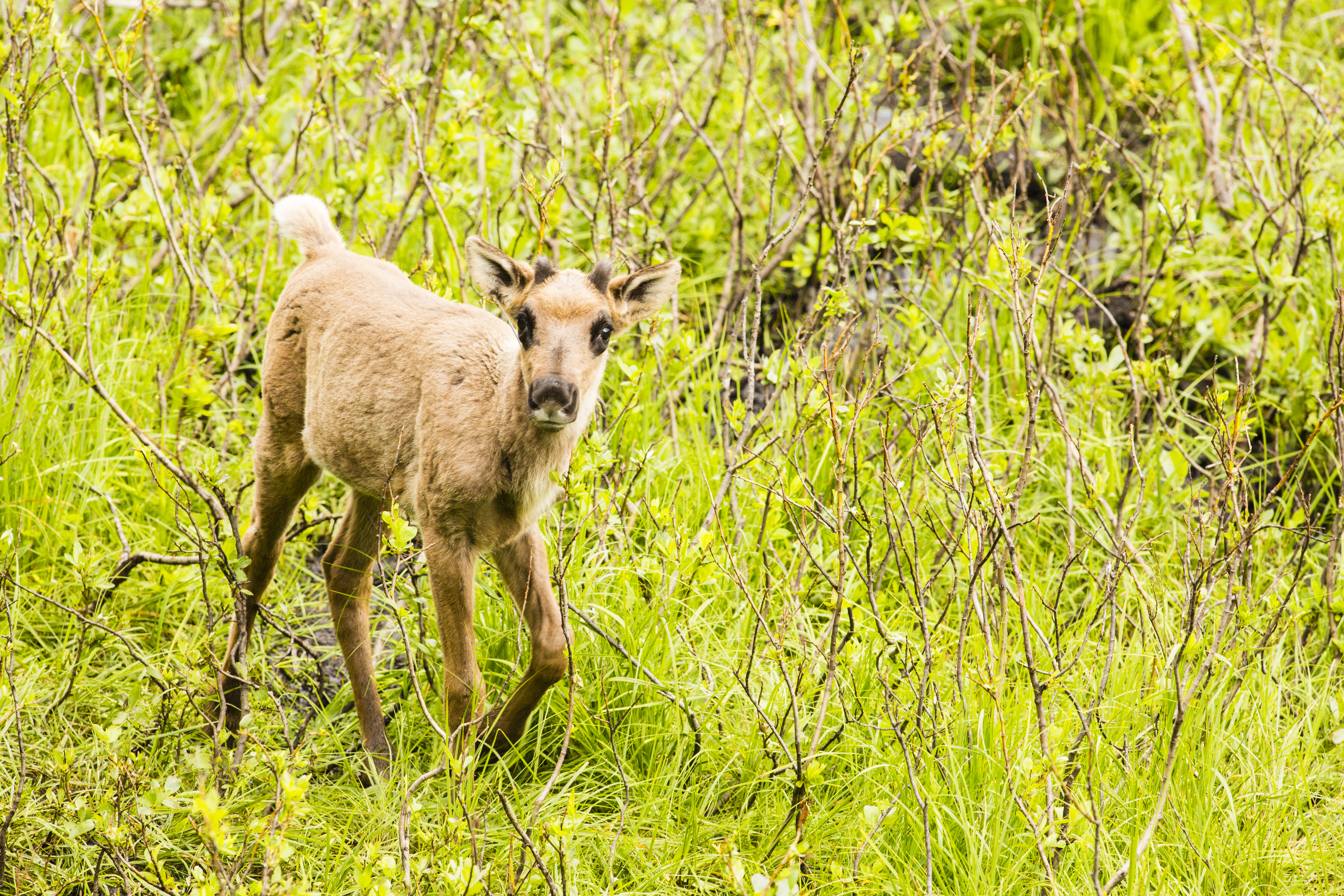
What’s the issue today
The government of Canada has long designated southern mountain caribou an at-risk species. Yet, more than two decades later, it has failed to ensure their protection and recovery. Failure of the federal government to map and protect their critical habitat has only led to increased logging approvals by the province in the forest they depend on.
The B.C. government is prioritizing short-term profit and continues to issue permits for logging, mining and other industrial development to cut down this essential habitat. Once this habitat is destroyed, it’s lost forever.
Caribou need old-growth forests
Boreal and mountain caribou rely on old-growth forests for their survival. They feed on tree lichen that only grows on mature trees at least 140 years old. Southern mountain caribou are known as “deep snow caribou” because of their ability to withstand long winters. Scattered in small herds across a vast mountainous region spanning B.C. and Alberta, currently fewer than 3,800 southern mountain caribou remain in B.C.
Some herds have already vanished, driven to extinction by habitat loss. Logging their habitat has serious ripple effects. By destroying their food sources, we threaten the herds’ ability to sustain themselves, evade predators and raise their young, leaving them starving and exposed to predation.
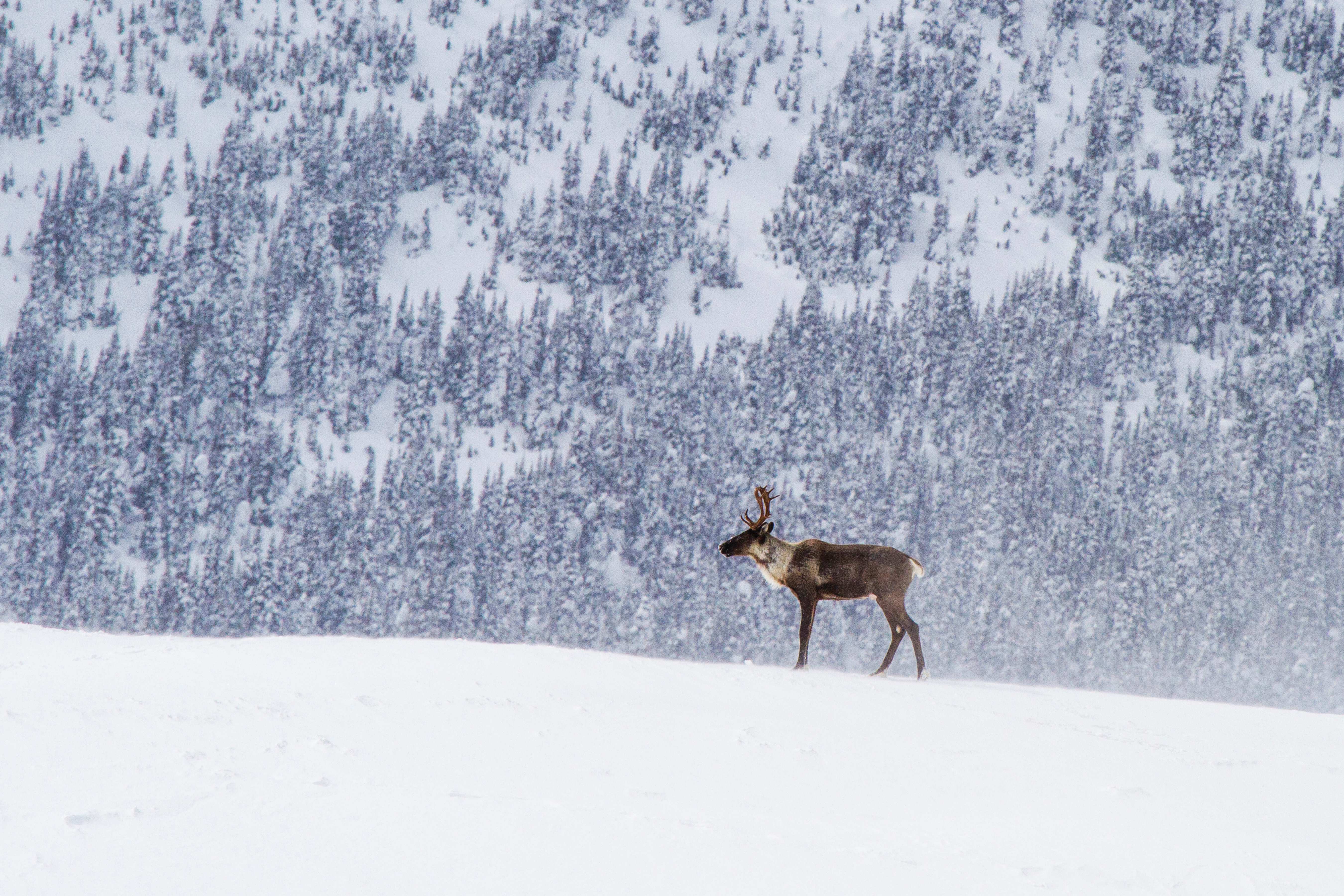
What it takes to save caribou
When caribou disappear, ecosystems collapse. We must protect their remaining habitat before it’s too late. The B.C. government needs to take urgent action to stop logging old-growth forests and protect caribou from local extinction. The federal government has already listed southern mountain caribou as endangered under the Species at Risk Act (SARA), which requires protecting all core critical habitat. Now, it’s time for B.C. to act.
Map of southern mountain caribou habitat
Some of the most endangered herds of southern mountain caribou live primarily in the Kootenays of eastern B.C. This map outlines their critical habitat. Areas coloured in red and yellow represent critical habitat that’s been affected by human disturbance, with red representing areas that are approved for logging.
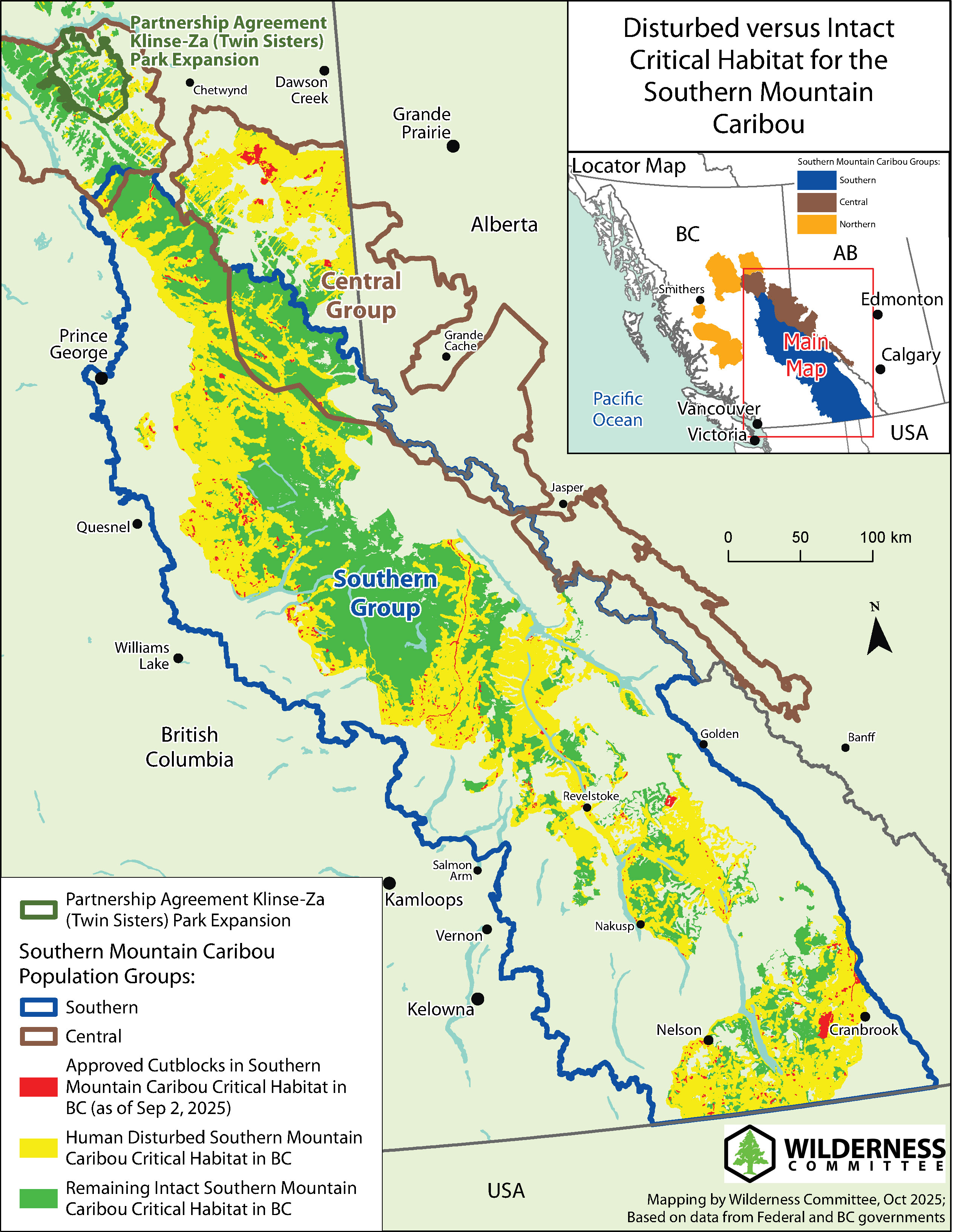
Your support, big impact
We’ve made inroads for caribou over the years. In 2024, we celebrated the protection of 200,000 hectares, (each hectare is about the area of a football field, thus about 200,000 football fields), of caribou habitat in Klinse-za Provincial Park, also known as the Twin Sisters Park, in the Peace Region. In 2020 and 2021, we safeguarded Argonaut Creek for caribou near Revelstoke by holding the B.C. government accountable to its promise of no-logging zones. That protected 276 hectares of habitat in the Northern Selkirk Mountains.
These wins are hard-won, but we can do it again. We visit critical habitat to document logging, investigate areas approved for logging, known as “cutblocks,” and map them over what we know to be critical southern mountain caribou habitat. To pressure the government, we engage our community of activists and allies, collecting signatures and inspiring letters to policymakers. Join us to protect caribou today.
B.C. logging practices “chipping” away at caribou survival
Wilderness Committee and Wildsight have discovered legislative loopholes that enable extensive logging in critical southern mountain caribou habitat in B.C. According to our new map analyses, more than 78 hectares of no-harvest zones (NHZ) — set aside for caribou in the Revelstoke area — have been logged or approved to be logged since then. An additional 1,367 hectares were logged in conditional harvest areas since the protections were put in place. Check out our video to learn more.
Biodiversity at the Brink
Globally, more than a million species are on the brink of extinction. They’re disappearing at a rate the Earth hasn’t seen in more than 10 million years. Laws in Canada are pushing them through the cracks. It’s time we raise our voices and remind governments to keep their promises to halt biodiversity loss and protect 30 per cent of lands and waters by 2030.
Campaign Gallery
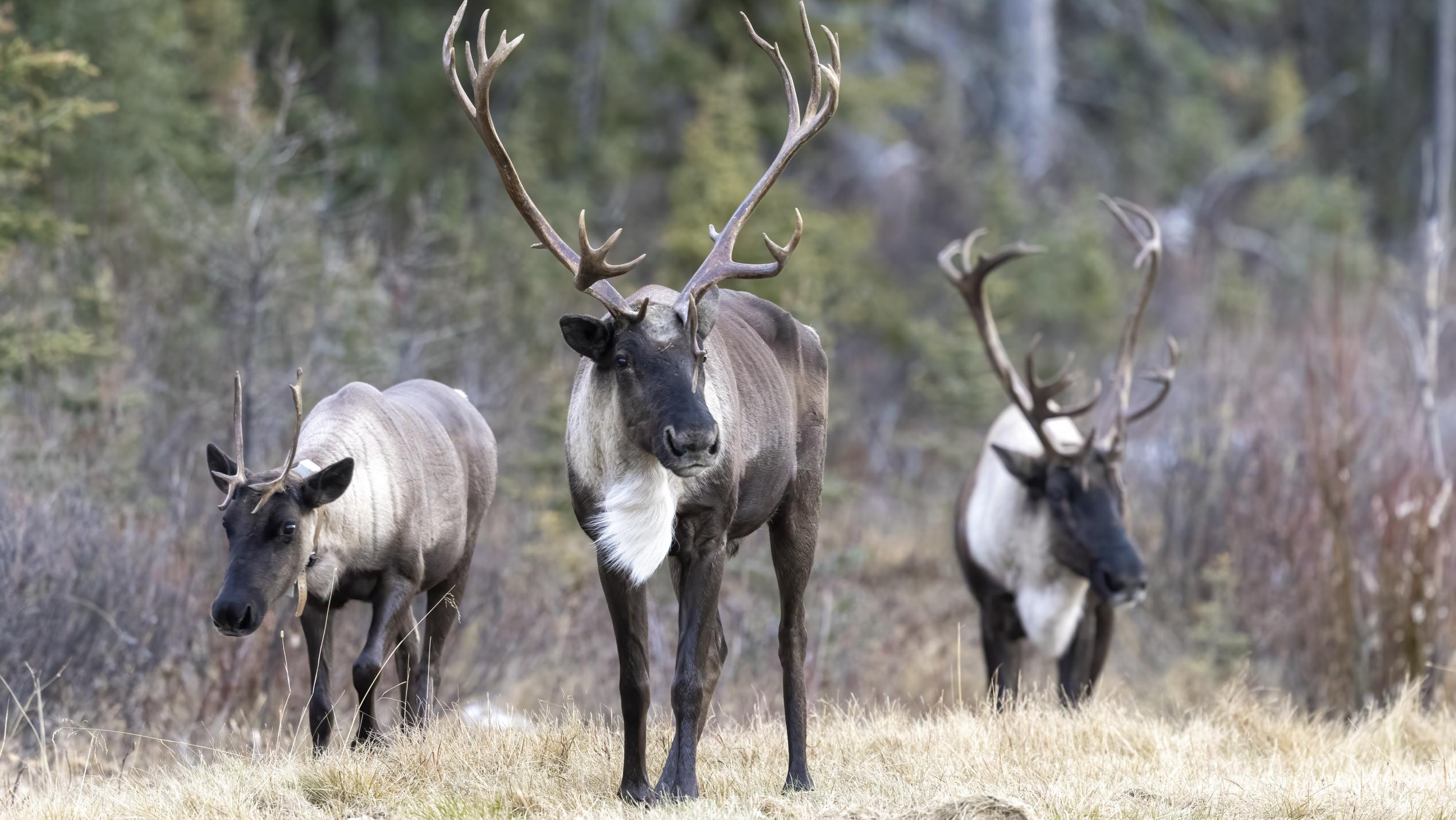
Check Out More Updates
Join Us
Don’t miss your chance to make a difference. Receive campaign updates and important actions you can take to protect wildlife, preserve wilderness and fight climate change.
